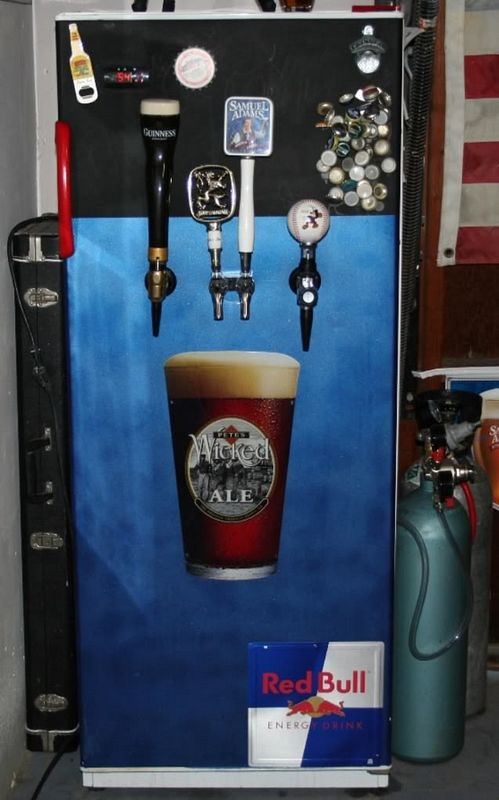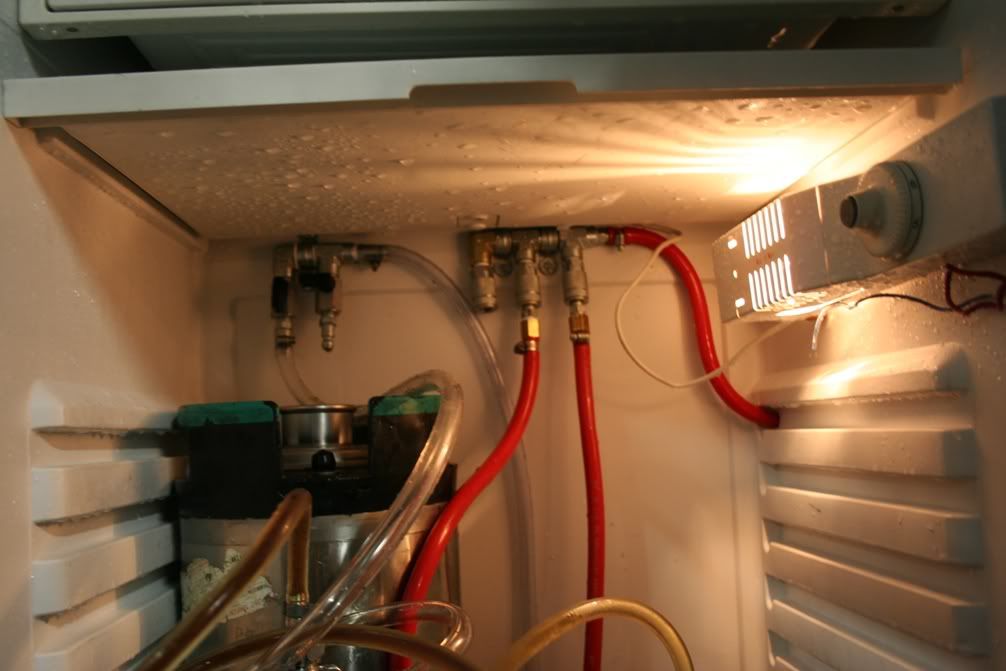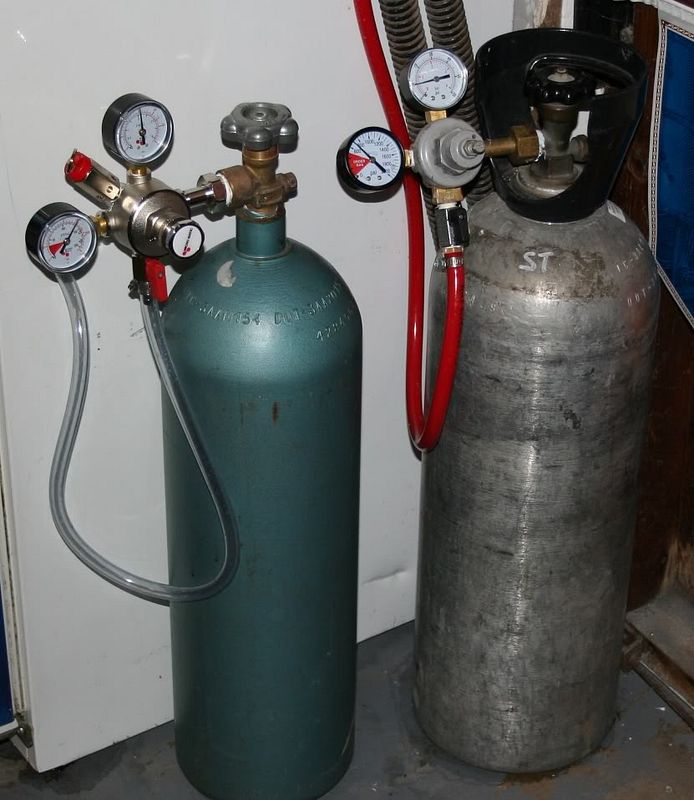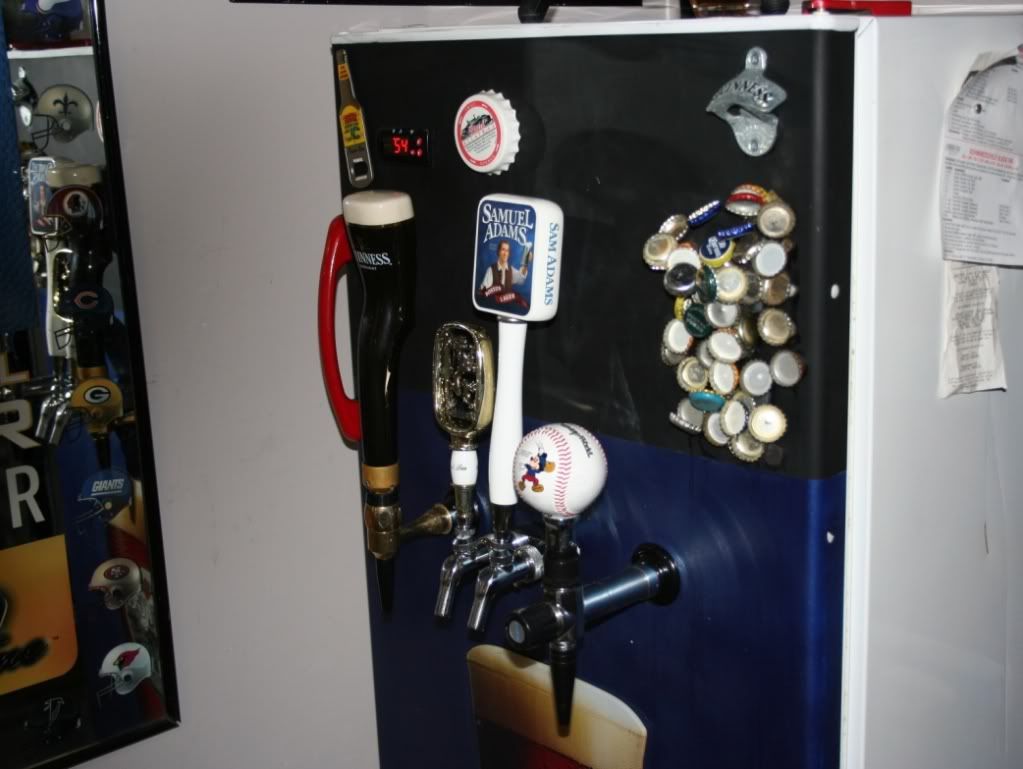purge the empty then lower pressure on tapped keg to 4-6 psi remove the beer line hook up a jumper ,its just an Out QD and a IN QD with 2 feet of beverage line. Hook up Out to full keg and the In to the empty beer will flow and when it stops just vent the keg and it will start again. Basic transfer under pressure. I don't have the #'s in front of me but I put the 3 gallon on a scale and stop when it hits the weight I want for 2 or 3 gallons .
Why wouldn't you do it with two "Out" QDs? I would think transferring to the bottom of the keg would yield better results rather than through the short tube of the "In".





















![Craft A Brew - Safale S-04 Dry Yeast - Fermentis - English Ale Dry Yeast - For English and American Ales and Hard Apple Ciders - Ingredients for Home Brewing - Beer Making Supplies - [1 Pack]](https://m.media-amazon.com/images/I/41fVGNh6JfL._SL500_.jpg)








































